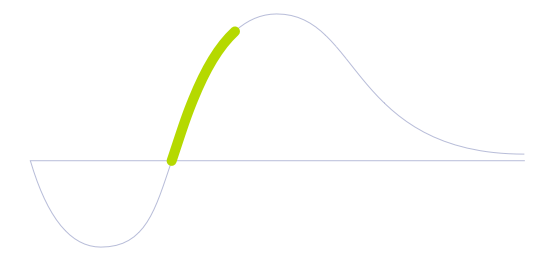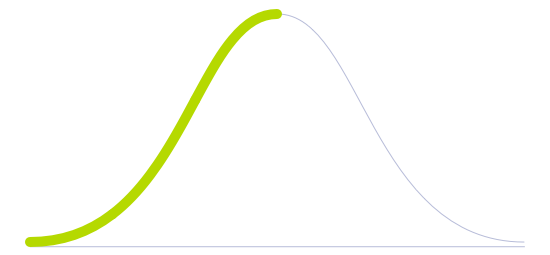Self-Governing Cybersecurity

Technology Life Cycle
Marked by a rapid increase in technology adoption and market expansion. Innovations are refined, production costs decrease, and the technology gains widespread acceptance and use.

Technology Readiness Level (TRL)
Experimental analyses are no longer required as multiple component pieces are tested and validated altogether in a lab environment.

Technology Diffusion
Adopts technologies once they are proven by Early Adopters. They prefer technologies that are well established and reliable.

Autonomous cybersecurity, a rapidly evolving field in the digital landscape, stands as a beacon of hope against the backdrop of ever-increasing cyber threats. Also known as self-governing cybersecurity, this innovation addresses a fundamental problem in the cyber realm: the growing sophistication and volume of cyberattacks which outpace the capabilities of traditional, human-centric security measures. By incorporating advanced algorithms, machine learning, and artificial intelligence, autonomous cybersecurity systems can identify, analyse, and respond to threats at a speed and efficiency unattainable by human operators.
The core of this technology lies in its ability to learn and adapt. Through continuous monitoring of network traffic and system activities, these systems develop an understanding of normal behavioural patterns, enabling them to detect anomalies that may signify a security breach. This process, often referred to as behavioural analytics, is critical in identifying zero-day exploits and advanced persistent threats (APTs) that conventional security tools might miss. Moreover, autonomous cybersecurity platforms can implement real-time defensive measures, such as isolating affected network segments or automatically patching vulnerabilities, thus significantly reducing the window of opportunity for attackers.
In an era where digital infrastructure underpins almost every aspect of modern life, from healthcare to finance and national security, ensuring robust cyber defences is paramount. This technology not only enhances the security posture of organisations but also addresses the acute shortage of skilled cybersecurity professionals by augmenting their capabilities. Furthermore, as the Internet of Things (IoT) continues to expand, bringing billions of new devices online, autonomous cybersecurity offers a scalable and efficient solution to safeguard this vast and complex ecosystem.
Image generated by Envisioning using Midjourney